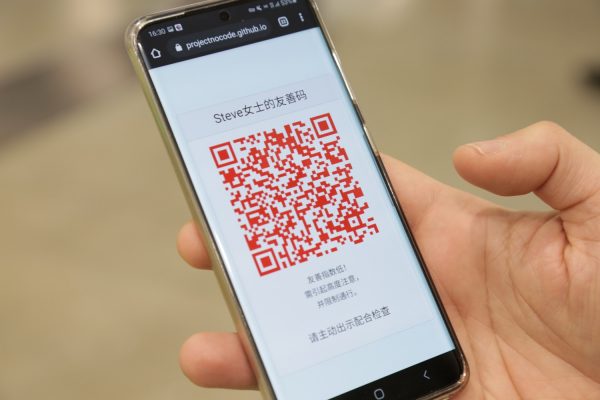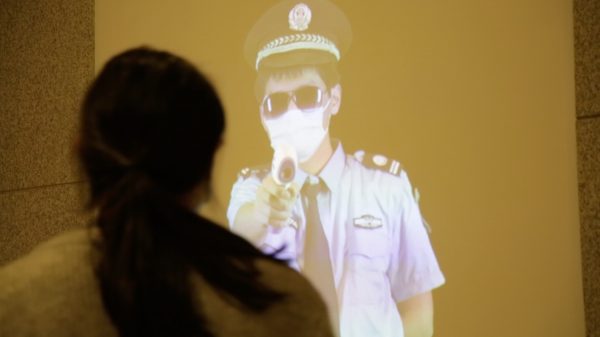“無碼”一詞常常被中國網民在地下隱秘論壇中用作搜索沒有馬賽克的日本成人片的指代詞。隨著微信和支付寶這些軟件的普及,二維碼在中國的廣泛使用讓“碼”一字作為二維碼的縮寫成為了日常用語。二維碼方方正正的樣子貌似成人片審查制度中的馬賽克,這些物理世界與中國互聯網之間的入口已成為了城市景觀中的常客。
The word 無碼 (wú mǎ, literal translation: no code) has long been used as a codeword by Chinese Internet users on underground piracy forums to search for uncensored Japanese adult films (無碼 can be translated here as “no code” or “no mosaic”, i.e. without the actors’ genitals being pixelated). More recently, the widespread use of QR codes in China – driven by the popularisation of such apps like WeChat and Alipay – has made the word 碼 (mǎ, code) a shorthand for QR Codes/二維碼 in daily parlance. The QR codes – whose blocky appearance eerily resembles the censorship mosaic – have become a fixture in the urban visual landscape, acting as portals between the physical world and the Chinese Internet.

